Peanut Production and Pest Management Links from UGA Peanut Notes No. 4 2025
I often refer readers to information on peanut production and pest management provided by research and extension in other …



El inglés es el idioma de control de esta página. En la medida en que haya algún conflicto entre la traducción al inglés y la traducción, el inglés prevalece.
Al hacer clic en el enlace de traducción se activa un servicio de traducción gratuito para convertir la página al español. Al igual que con cualquier traducción por Internet, la conversión no es sensible al contexto y puede que no traduzca el texto en su significado original. NC State Extension no garantiza la exactitud del texto traducido. Por favor, tenga en cuenta que algunas aplicaciones y/o servicios pueden no funcionar como se espera cuando se traducen.
Inglês é o idioma de controle desta página. Na medida que haja algum conflito entre o texto original em Inglês e a tradução, o Inglês prevalece.
Ao clicar no link de tradução, um serviço gratuito de tradução será ativado para converter a página para o Português. Como em qualquer tradução pela internet, a conversão não é sensivel ao contexto e pode não ocorrer a tradução para o significado orginal. O serviço de Extensão da Carolina do Norte (NC State Extension) não garante a exatidão do texto traduzido. Por favor, observe que algumas funções ou serviços podem não funcionar como esperado após a tradução.
English is the controlling language of this page. To the extent there is any conflict between the English text and the translation, English controls.
Clicking on the translation link activates a free translation service to convert the page to Spanish. As with any Internet translation, the conversion is not context-sensitive and may not translate the text to its original meaning. NC State Extension does not guarantee the accuracy of the translated text. Please note that some applications and/or services may not function as expected when translated.
Collapse ▲I often refer readers to information on peanut production and pest management provided by research and extension in other …
The following is a reminder for entries in the peanut production contest for each county. Note that growers will …
This is a reminder of the 2025 peanut production meetings schedule in North Carolina. All meetings will be from …
I had a question about timing of gypsum application this week. While it may seem odd to ask this …
Keith Edmisten, Guy Collins & Michael Phillips These tables do not include cotton quality data (HVI). We will add those …

President Carter passed away today. There will be many tributes in the coming days. Here is a link to …
The following slides were presented at a recent CCA event in Johnston County. These topics will also be discussed …
Keith Edmisten, Guy Collins & Michael Phillips These charts are updated with former experimental varieties that are being brought forward …

Please join us for upcoming winter meetings and pesticide classes. Click the link below to view the winter production …

Information on the 2025 annual peanut production meeting in South Carolina is provided at this link. As more information …
The link for entering the county champion contest is found below. If you have difficulty working through the process, …
Keith Edmisten, Guy Collins and Michael Phillips Department of Crop & Soil Sciences NC State This is preliminary yield data. We …
Every year, entomologists from the National Cotton States Arthropod Pest Management Working Group are polled on insecticide efficacy. This group consists …
Every year, entomologists from the National Cotton States Arthropod Pest Management Working Group are polled on insecticide efficacy. This …
My column for Virginia-Carolina Peanut News can be found at the following link: Jordan VC …
The final report for the 2024 crop is provided at the following link: VC Crop Report …
Every year in North Carolina brings its share of challenges, and 2024 was no different. Beginning in late April …
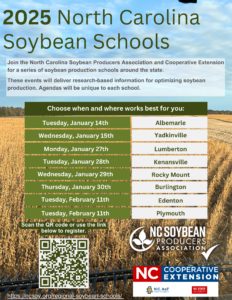
The 2025 North Carolina Regional Soybean Schools are here! These events will provide research-based, tailored information to help optimize …
The most recent crop report for the region can be found at this link: 2024 15 V-C Crop …
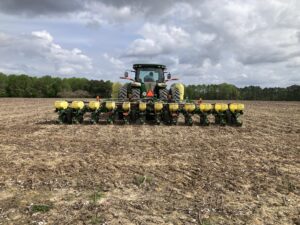
This year, corn yields in the Upper Coastal Plain varied wildly in the region and sometimes dramatically from one …

Tomato spotted wilt virus (TSWV), a member of the Orthotospovirus genus, was first described in …
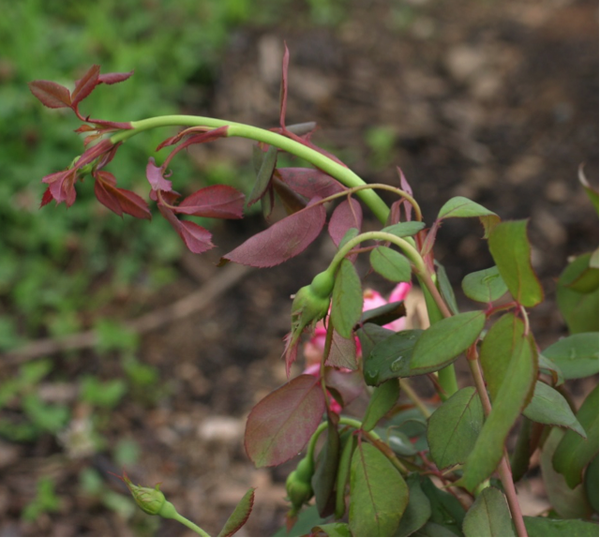
This factsheet describes the symptoms of a synthetic auxin (SA) herbicide injury.
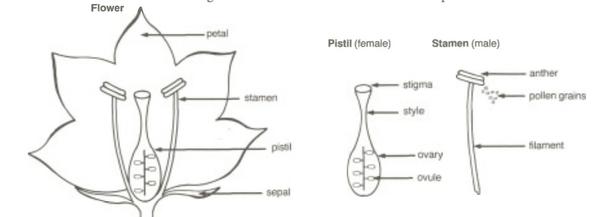
This guide presents basic facts about seeds, including how they develop, how to store and …

This publication has been prepared to acquaint growers, packers, and shippers with the most current …
This publication provides guidelines and recommendations for proper irrigation scheduling of wastewater.
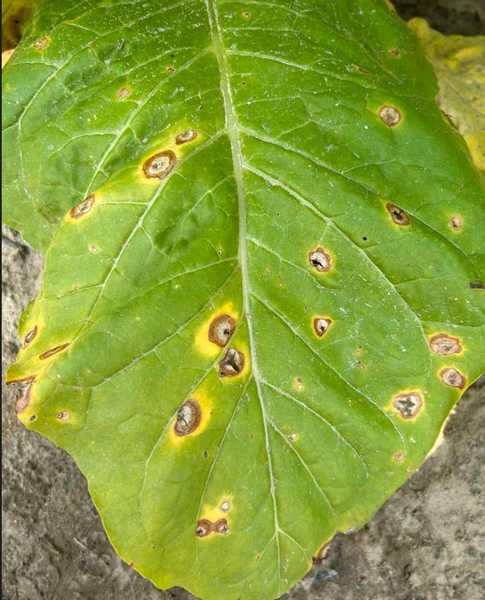
Target spot is a potentially devastating leaf spot disease in tobacco in North Carolina. This …

This factsheet describes the symptoms of an ALS inhibitor herbicide injury.
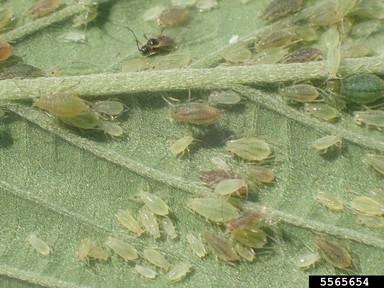
This factsheet discusses the biology, damage, and management of the cannabis aphid in industrial hemp …